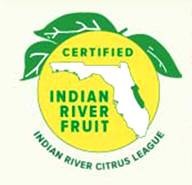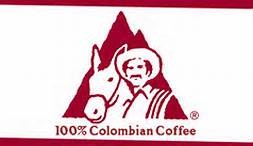GEOGRAPHIC INDICATORS
Marks indicating the geographical origins of goods were the earliest types of trademark.






Until the Industrial Revolution, which commenced in the 18th century, the principal products that entered international trade were agricultural products and simple manufactured goods, such as pottery and woven fabrics. In the competition to earn revenues from the trade developing at that time it became apparent that the products of particular regions were more saleable than comparable products from other regions, because of their superior quality.
This superior quality resulted either from natural geographic advantages, such as climate and geology (e.g. Seville oranges, Kentish hops, Bresse poultry), or from recipes and food processing techniques, local to a region (e.g. Roquefort cheese, Parma ham, Burgundy wine, Frankfurter sausages).
In each case, the commercial attractiveness of these products was attributable to the TK of the local communities. Traditional Knowledge (TK) and Geographical Indications (GIs) share a common element insofar as they both protect accumulated knowledge typical to a specific locality. While TK expresses the local traditions of knowledge, GIs stand for specific geographical origin of a typical product or production method. GIs and TK relate a product (GIs), respectively a piece of information (TK), to a geographically confined people or a particular region or locality.
- GIs confer 'public rights' upon producers in defined localities, VS. 'private rights' by Trademarks
- Unlike trademarks, GIs are not freely transferable from one owner to another, as a user must have the appropriate association with the geographical region and must comply with the production practices of that region.
- GIs are obtained through registration. A specification is usually filed indicating the relevant geographical area and the product quality characteristics attributable to that area. .
- GIs are becoming increasingly relevant for food security. Some 43 developing countries and LDCs depend on exports of a single agricultural commodity for more than 20% of their total revenues from merchandise exports.
- Benin depends on cotton for over 80% of its merchandise export earnings.
- Ethiopia relies on coffee for over 70% of agricultural exports.
The use of GIs, sometimes together with ‘fair trade’ trade-marking, could assist their ability to market their produce in international trade and in this way support the sustainability of this agriculture. This is particularly the case in those countries that have sought to remain free of GMOs.
GIs permit the aggregation of market power by small farmers to enable collective action by producer
collectives in relation to the promotion and marketing of their products and in dealings with intermediaries.
- A GI-type option, which has been proposed in the USA, is the creation of Farmer Owned Brands (FOB), as a means of creating value for farm produce.
Creates brand appeal by the collective effort of farmers producing a homogeneous product originating in a particular area. One possibility that has been identified for FOBs in the USA is beef originating from packing plants located along Interstate 80, which apparently has a particular appeal for Japanese consumers.